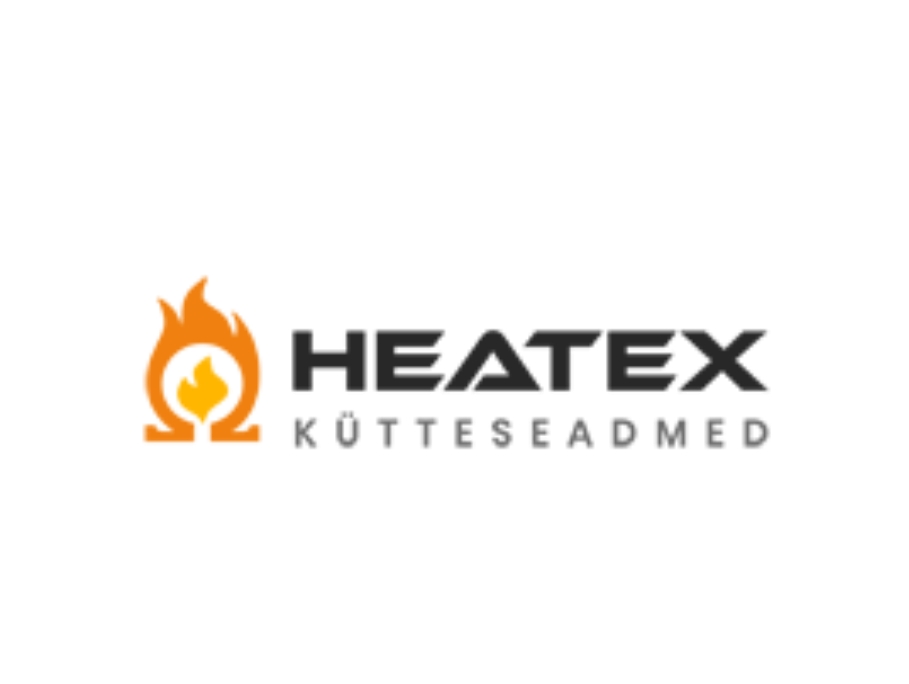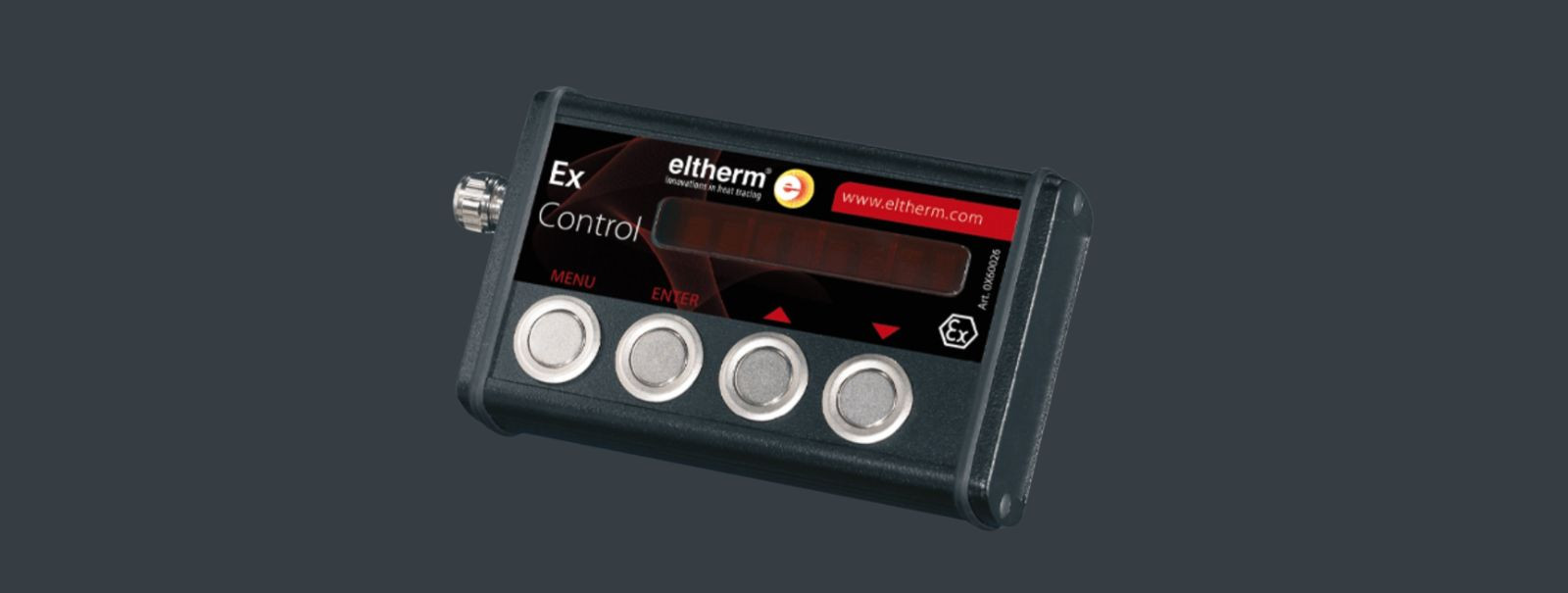Thermostats 101: achieving precision in temperature control
A thermostat is a device that regulates the temperature of a system so that the system's temperature is maintained near a desired setpoint. By automatically adjusting heating or cooling devices, it ensures optimal comfort levels and efficient energy use.
Accurate temperature control is crucial for maintaining the integrity of industrial processes, the durability of construction materials, and the comfort of living spaces. It also plays a significant role in energy consumption and can significantly impact operational costs and environmental footprint.
Types of Thermostats
Mechanical thermostats use physical mechanisms, such as bimetallic strips, to detect and respond to temperature changes. They are simple, reliable, but less precise than their electronic counterparts.
Electronic thermostats utilize sensors and microprocessors to provide more accurate temperature readings and control. They often feature digital displays and programmable settings for enhanced user control.
Smart thermostats represent the cutting edge of thermostat technology. They offer remote control via smartphones, adapt to user habits, and can integrate with other smart home devices for a comprehensive approach to home automation and energy management.
How Thermostats Work
Thermostats control temperature by switching heating or cooling devices on or off, or by modulating the flow of a heat transfer fluid. The process involves measuring the ambient temperature, comparing it to the desired setpoint, and executing actions to maintain or reach the target temperature.
Modern thermostats offer features such as zoning, learning algorithms, and data analytics to achieve precise temperature control. These features allow for adjustments to be made based on real-time data, occupancy, and even weather forecasts.
Choosing the Right Thermostat for Your Needs
Industrial clients require thermostats that can withstand harsh environments and provide precise control for critical processes. Durability, range of control, and compatibility with industrial systems are key factors.
Construction companies need thermostats that can ensure the proper curing of materials and provide a comfortable work environment. Programmability and ease of installation are important considerations.
Homeowners look for thermostats that offer convenience, energy savings, and integration with home systems. User-friendliness and smart features are often top priorities.
Installation and Maintenance
For complex systems or when precision is paramount, professional installation by a certified technician is recommended to ensure optimal performance and compliance with warranty requirements.
For simpler thermostat models, DIY installation can be an option. It's important to follow the manufacturer's instructions carefully and to be aware of electrical safety practices.
Regular maintenance, such as cleaning, battery replacement, and software updates, can extend the life of a thermostat and maintain its accuracy and efficiency.
Energy Efficiency and Cost Savings
By optimizing heating and cooling cycles, thermostats can significantly reduce energy consumption, leading to lower utility bills and a smaller carbon footprint.
Investing in a high-quality thermostat can result in substantial cost savings over time through reduced energy usage and maintenance costs.
Environmental Impact and Sustainability
Thermostats play a key role in reducing energy consumption, which in turn lowers greenhouse gas emissions and contributes to a healthier environment.
Choosing thermostats with energy-saving features and practicing responsible temperature control can lead to more sustainable living and working environments.






Comments (0)